Land Claims in Malheur National Wildlife Refuge
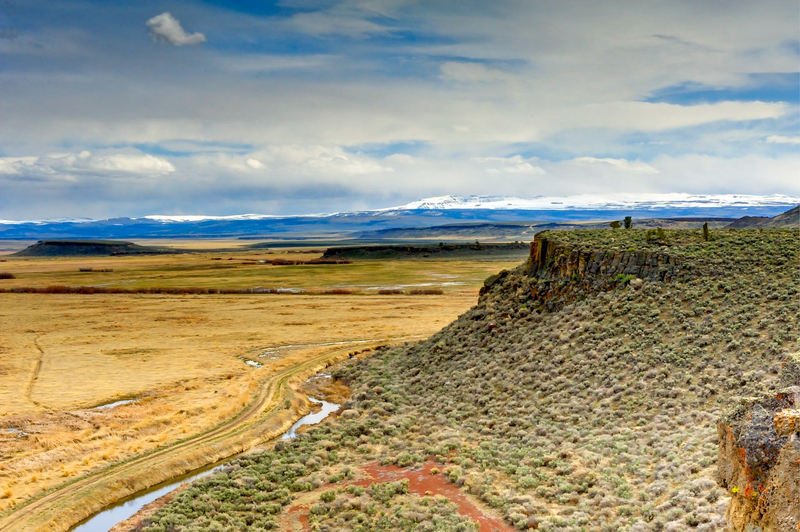
“Buena Vista Overlook.” Jeff Sorn, July 30, 2010. Courtesy of the Oregon Department of Transportation. Via Flickr (CC BY 2.0), https://www.flickr.com/photos/oregondot/5352564568/.
Creator: Jeff SornNorthern Paiute tribes have long struggled for the right to use their ancestral homelands in Malheur National Wildlife Refuge and its surrounding basin. Yet the Paiute people are not the only group who feel they have a right to the land, and the now-infamous Oregon militia occupation of the refuge in 2016 has sparked further conversations about the importance of land repatriation.
Like many areas in the continental United States and beyond, human presence in Malheur National Wildlife Refuge spans not hundreds of years but thousands. Though steady environmental changes altered the land’s usage over time (mainly the rise and fall of water levels in the Malheur and Harney Lakes), Paiutes’ connection to the land never diminished. Resource gathering remained constant as tribal members passed their cultural knowledge across generations, and the Paiute people continually returned to build new living centers. However, the arrival of fur trappers in the nineteenth century complicated this long-standing relationship with the land, and explorers identified the region not as one of plenty, but as one of malheur, French for misfortune. Paiute bands roamed the territory freely alongside these fur trappers until the creation of Malheur Indian Reservation in 1872.
In addition to fur trading, plume hunters in the 1880s began to hunt the regions’s white herons for their feathers. When photographers William L. Finley and Herman T. Bohlman recognized the dismal state of their population, the two rallied for the creation of a refuge to protect the birds’ habitats. They got their wish in 1908 when President Roosevelt signed the Malheur National Wildlife Refuge into existence, creating one of the earliest wildlife refuges west of the Mississippi. Since then, Malheur has protected the homes of not only white herons but other bird species in the area.
Decades of homesteading have had their impact on the land, however, and many people still call the surrounding areas home. Beginning in the 1900s, the Bureau of Land Management began to issue cattle grazing permits in the area. However, the jurisdiction of the federal government did not sit well with many ranchers. One pair of cattle ranchers, father and son Dwight and Steven Hammond, was convicted of repeated arson on refuge lands in 2012. A later order for them to return to prison would spark a national incident in 2016.
The militia occupation of Malheur Refuge had many inciting factors, including the emboldening white nationalism in Donald Trump’s presidential campaign. Frustration with the federal government had long been present in the area, mainly from farmers and ranchers who felt they lacked adequate access to grazing land. Such frustrations were and are hardly unique in the United States West, and certainly not in Oregon. This entitlement, however, overlooks a similar loss of access—one that the Northern Paiute have faced for far longer. Forcefully evicted from their land, the Paiute fought for their treaty rights in the 1870s only for the government to forcefully relocate them to the Yakama Reservation in 1879. The recent Malheur occupation sparked discussions of land repatriation among the Paiute, something owed for far too long, bringing attention to the nationwide indigenous #LandBack movement, which aims to remove land rights from federal and private colonizers’ control. In many ways, Malheur shows the myriad disconnections between living the land, owning the land, and respecting the land.
Images

“Buena Vista Overlook.” Jeff Sorn, July 30, 2010. Courtesy of the Oregon Department of Transportation. Via Flickr (CC BY 2.0), https://www.flickr.com/photos/oregondot/5352564568/.
Creator: Jeff Sorn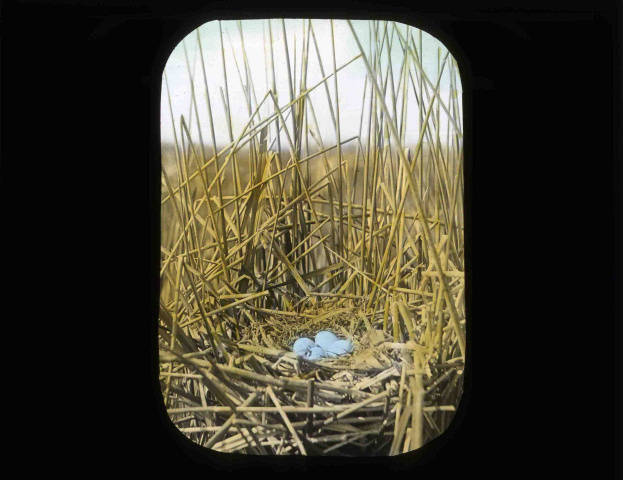
“Malheur Lake Nest Site.” Herman T. Bohlman and William L. Finley, 1908. Courtesy of the US Fish and Wildlife Service National Digital Library, https://digitalmedia.fws.gov/digital/collection/natdiglib/id/7626/rec/43.
Creator: Herman T. Bohlman and William L. Finley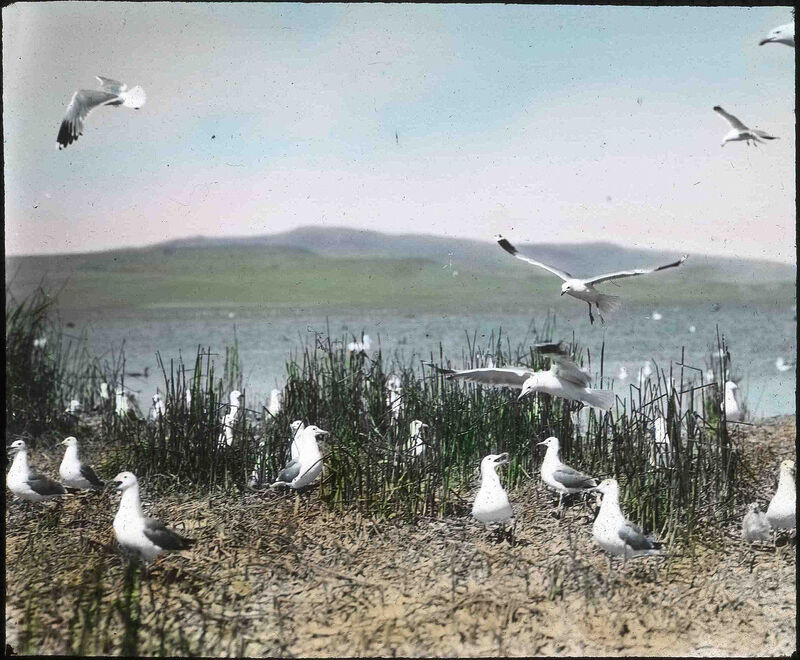

“Damage at Malheur NWR.” Courtesy of the US Fish and Wildlife Service Pacific Region, March 23, 2016. Via Flickr (CC BY-NC 2.0), https://www.flickr.com/photos/usfwspacific/25709379240/.
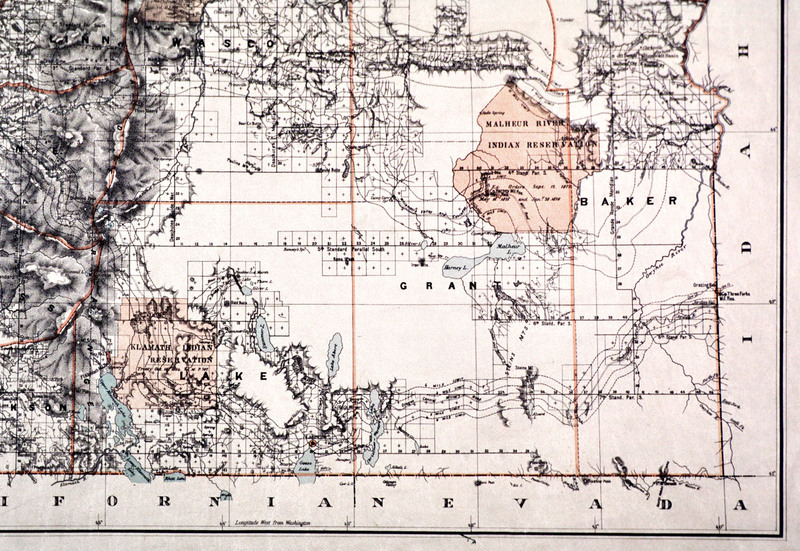
“Malheur Indian Reservation.” C. Roesser, 1879. Courtesy of the Oregon Historical Society (OHS Map 132). https://www.oregonhistoryproject.org/articles/historical-records/malheur-indian-reservation/#.Ybu01tnMKqA.
Creator: C. Roesser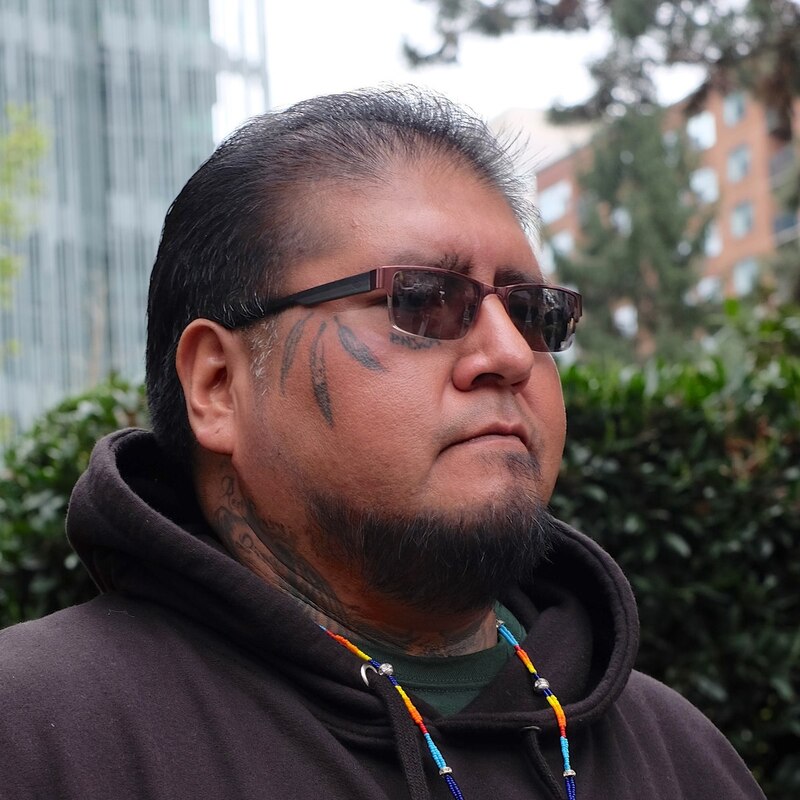
“Jarvis Kennedy, Paiute Tribal Council.” K. Kendall, March 5, 2016. Via Flickr (CC BY 2.0), https://commons.wikimedia.org/wiki/File:Jarvis_Kennedy,_Paiute_Tribal_Council.jpg.
Creator: K. Kendall